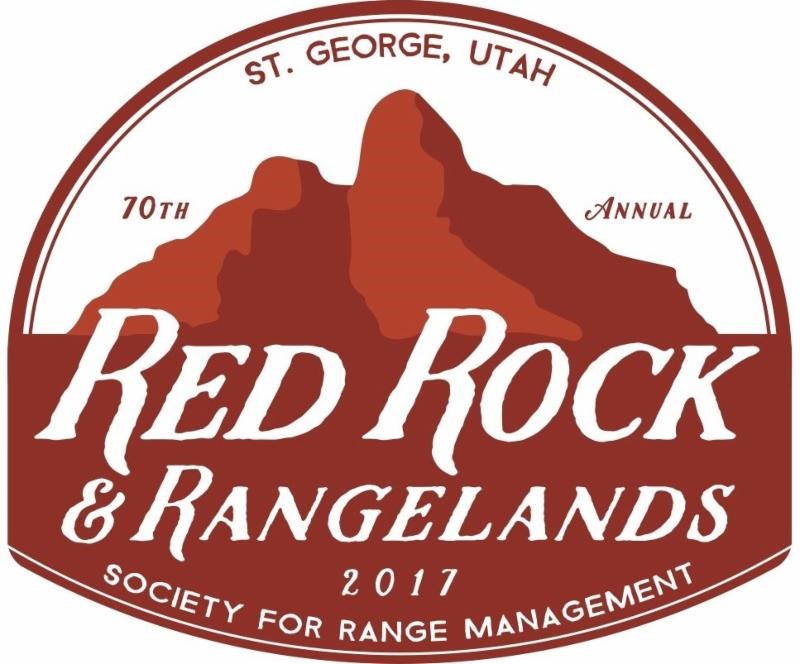|
"So, just what the heck is CRM?"
Coordinated Resource Management (CRM) is a stakeholder consensus decision-making process. Stakeholders are any interest with a stake in the consequences of the decision. In this process, the stakeholders make decisions by consensus, rather than by traditional voting and majority rule.
Consensus, as defined by various CRM practitioners, means, "The group makes decisions collaboratively.There is no voting, and everyone had to be able to live with the decision--discussion continues until they can.Although all participants may not agree 100% with all aspects of the decision, all participants support the whole decision 100%."
The CRM process helps people manage natural resources in a productive, environmentally-friendly, and economical manner, for the long term. It is a coalition-building process which involves those using the resources in the decision making about those resources. Thus, CRM integrates local wisdom and technical expertise, while taking advantage of group synergy. Indeed, some CRM teams have been initiated solely as "brain trusts" to reap the benefits of diversity and group creativity.
One particularly appealing aspect of CRM is that it complements any regulatory process, such as NEPA, and responds to the plethora of recent mandates to incorporate the public in decision making. The process also fulfills the intent of the "Sunshine Laws," to include all interests when making public policy decisions. In today's environment of government devolution, CRM is ideally suited as a process for local decision-making.
The CRM process is ultimately flexible. It works at a variety of scales and on a variety of issues. While the CRM process historically has been used to develop natural resource management plans or to resolve natural resource use conflicts, we are learning that the principles of CRM apply to other types of conflict resolution and to human resource management, as well. As a result, we are beginning to see the principles of the CRM process applied in the workplace, to community development issues, and to a variety of dispute resolution situations.
CRM Guidelines
- Voluntary participation by all partners in the process
- Landowner initiated; others are essential in the process, but landowner commitment is critical for success in natural resources management
- Involvement by all players; those without ownership in the process will create roadblocks
- Experienced, neutral facilitators are key to forming the teams and training participants in the process so the participants learn to balance power, focus discussions on goals and interests, etc.; facilitators can step back in to help the group get past stumbling blocks, should they occur
- Establish ground rules early by group consensus, to set the group's behavioral norms
- Determine common goals early by group consensus; stay focused on those goals
- Be sure participants have decision-making authority for their constituencies
- Make all decisions by consensus to balance power, prevent logrolling, develop trust, and ensure that all interests are supportive of each decision
- Talk about "needs" rather than "positions;" say "I need" instead of "you can't"
- Create a team to develop empowering trust and respect
- Be committed to the process and to the rest of the team; it takes time and hard work to develop consensus decisions.Build a sense of accomplishment and progress; start with small accomplishments, especially in contentious situations
- Develop management objectives and action plans which move toward the goal(s)
- Monitor, monitor, monitor to measure progress and develop long-term trend data about the resource; monitor the process, as well, to be sure the group is accomplishing its goals
- Make the plan flexible to allow for unforeseen circumstances, yet rigid enough to provide for accountability
|
 Society for Range Management
Society for Range Management






